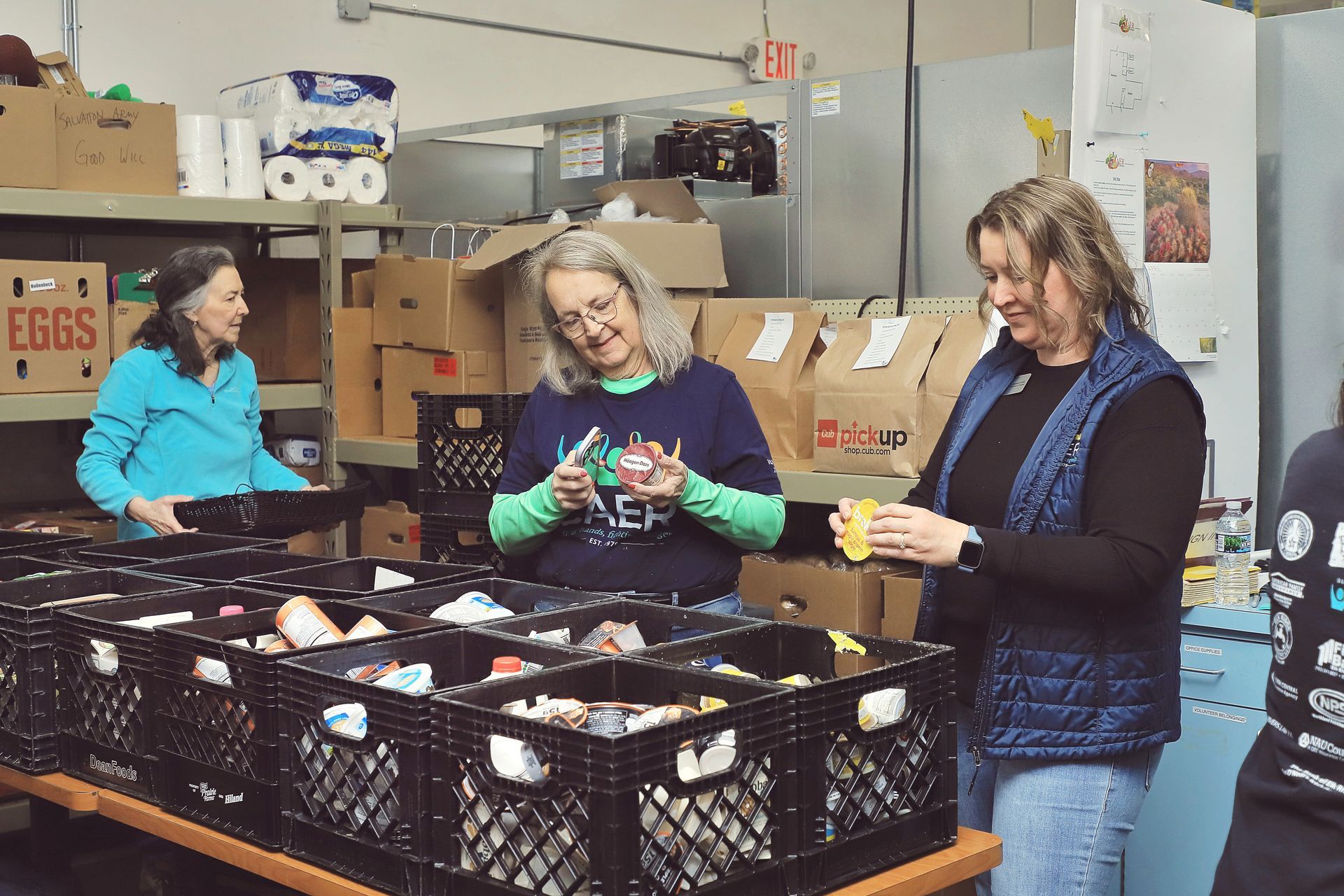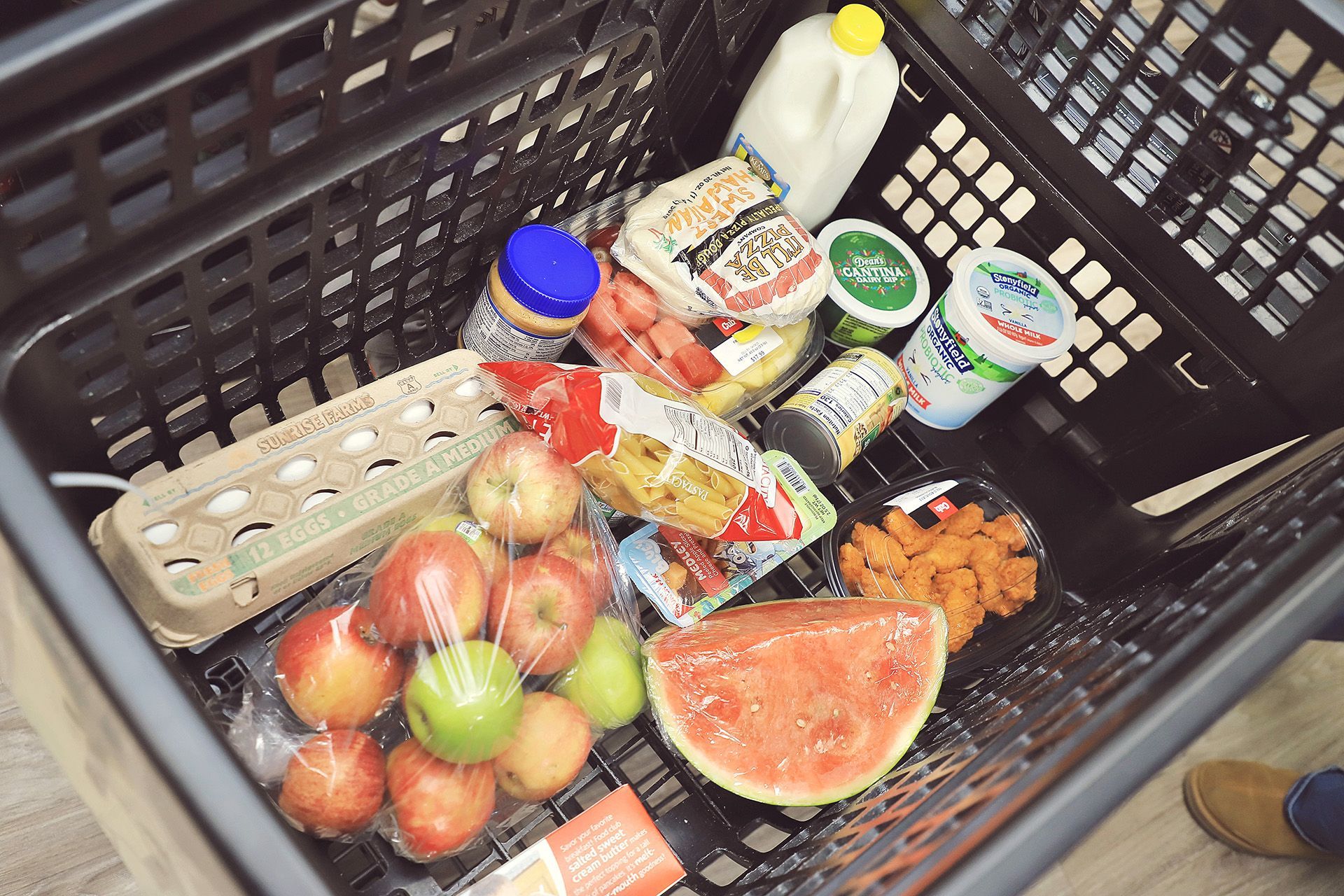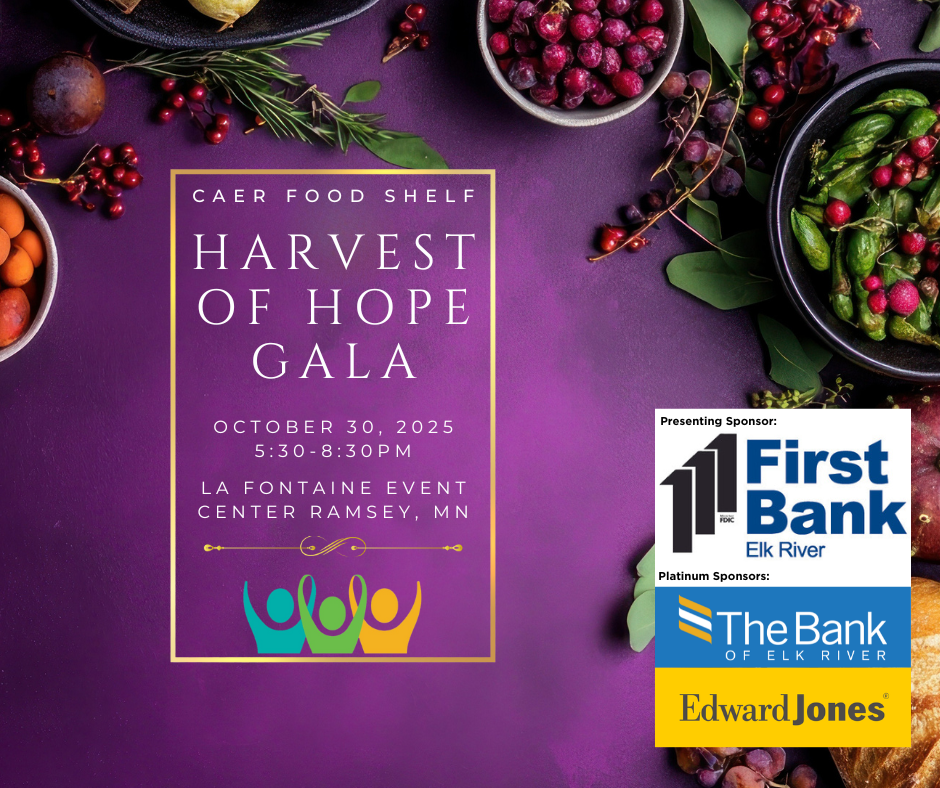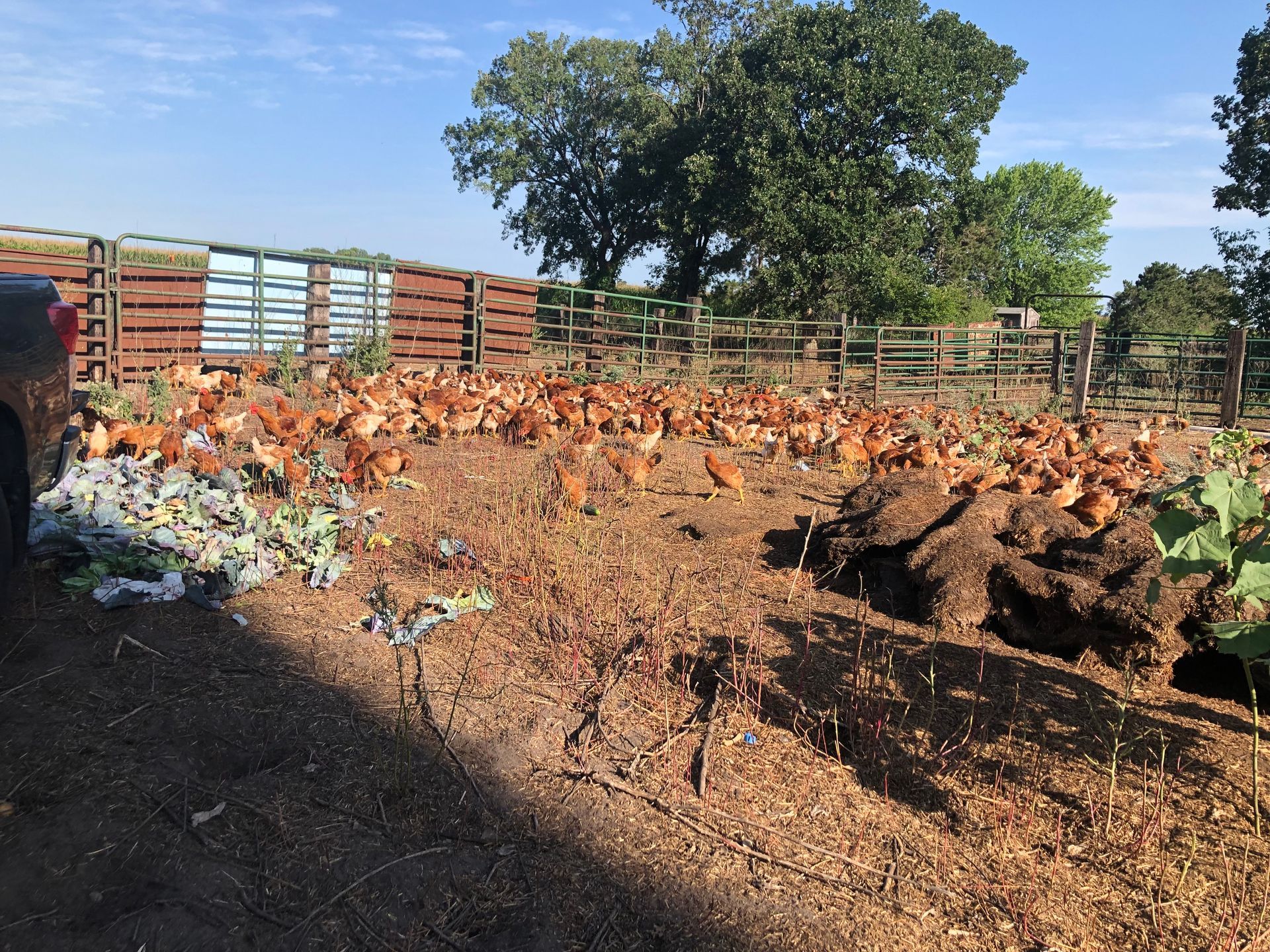Food Banks vs. Food Shelves: How We Work Together to Fight Hunger
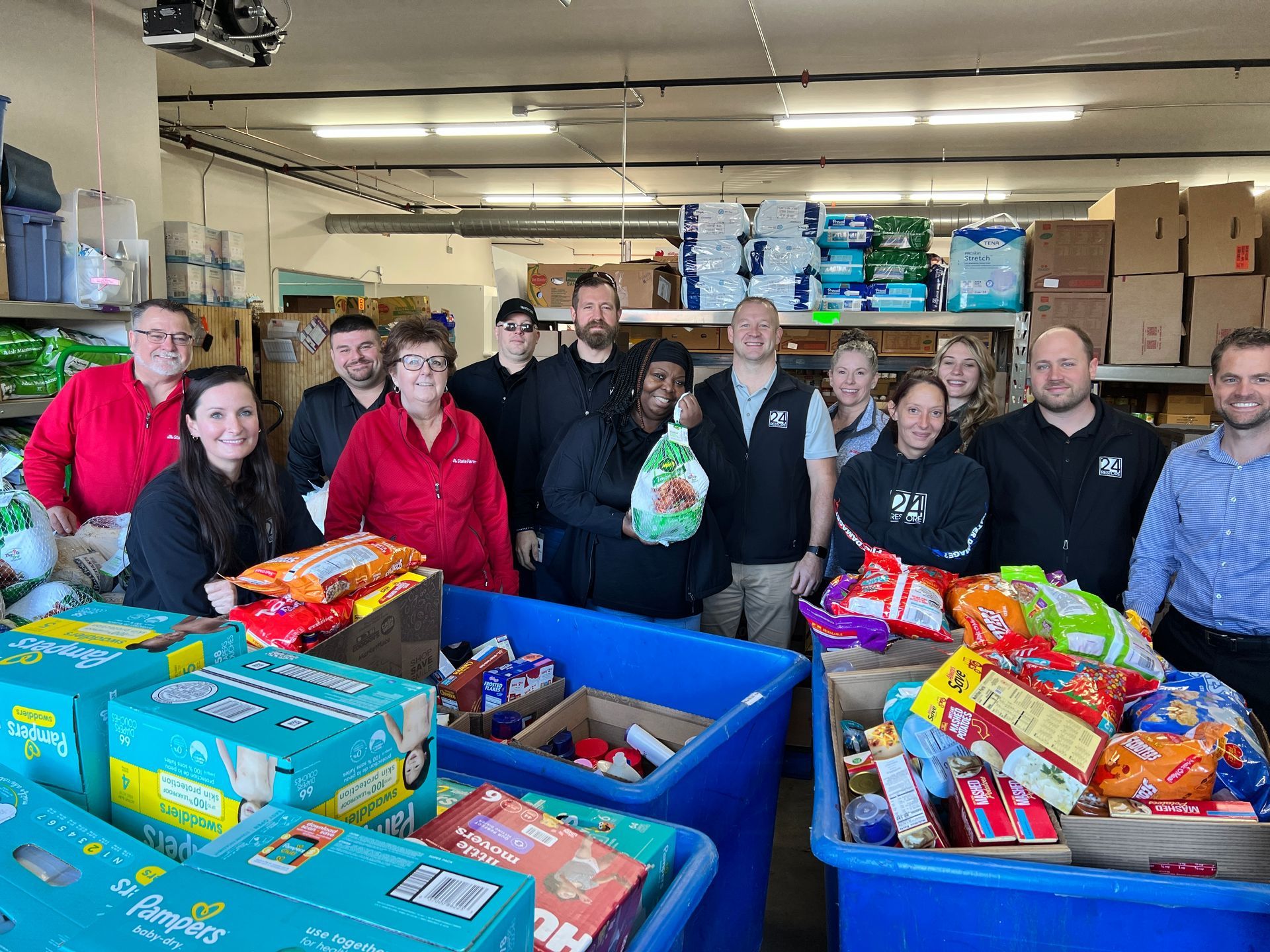
The terms food bank and food shelf are often used interchangeably, but did you know they play very different roles in feeding our community? Think of it this way: food banks are the big-picture providers, while food shelves are the hands and hearts serving people directly.
What’s a Food Bank?
Food banks—like Second Harvest Heartland and The Food Group—are large, regional hubs that collect and distribute food across wide areas. They gather donations and source deeply discounted food from grocery stores, manufacturers, farmers, and government programs, then store it in massive warehouses until it's ready to go out to local communities.
At CAER, we partner with both food banks to stock our shelves. For example:
- Second Harvest provides food through TEFAP, a federal emergency food program.
- They also coordinates the food rescue program, where we recover items like produce, meat, and bakery goods from local grocery stores.
- We can purchase or receive donated food from both Second Harvest and The Food Group at lower costs than traditional retail.
This partnership helps us stretch every dollar and provide a wide variety of nutritious food to those we serve.
What’s a Food Shelf?
That’s where CAER comes in. As a local food shelf, we’re the community-facing side of hunger relief. We meet with families, seniors, and individuals in Elk River and surrounding areas to provide them with the food and support they need—no giant warehouse required.
Every week, we receive deliveries from our food bank partners. With this, we stock our shelves, coolers and freezers with canned goods, fresh produce, meat, dairy and more. Thanks to this team effort, one grocery cart food a families chooses at CAER can feed faily for 7–10 days or more. This support makes a big difference—families with limited incomes or in a financial crisis may have to choose between groceries and essential expenses like rent, car repairs, or other bills. A visit to their local food shelf can make it possible to cover those costs and still have access to nutritious meals.
You Can Be Part of the Solution
Hosting a food drive is one of the easiest ways to support the local hunger relief network. Whether it’s your workplace, church, neighborhood, or club, your food donations help fill the gaps and keep our shelves stocked with community favorites. If you want to make the most impact for your dollar, a monetary donation to your local food shelf such as CAER will go farther than the same dollars spent at your grocery store. On average, $1 can purchase food for three meals from our sources.
Let’s keep working together—food banks, food shelves, and generous neighbors like you—to ensure no one in our community goes hungry.
Ready to host a food drive?
